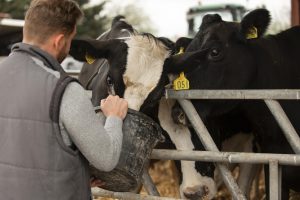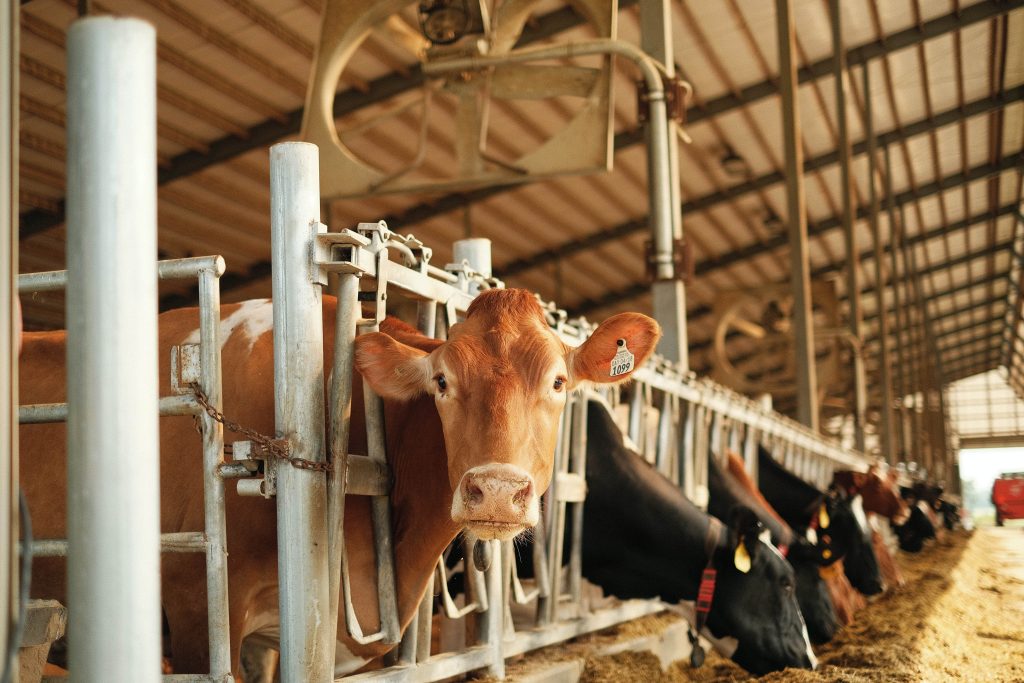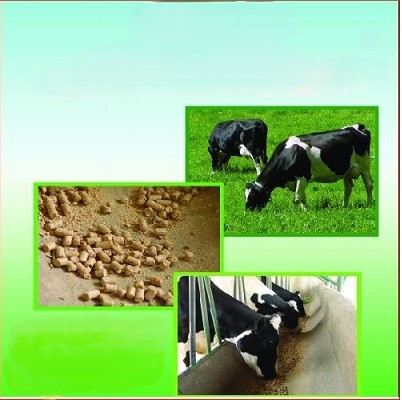Cattle breeding is of special importance in agriculture as the main source of meat and milk production. Cows can produce valuable food crops that are essential to feed the world’s growing population. However, raising cattle also comes with challenges, including environmental and ethical impacts.
Advantages of raising cattle
- Valuable food source: Cow meat and milk are the main food sources around the world. Beef is a complete protein source that contains all the essential amino acids. Cow’s milk is also an excellent source of calcium, vitamin D and other nutrients.
- Income generation: Cattle breeding can be an important source of income for farmers. Cow meat and milk prices are relatively stable on the world market, so farmers can continue to produce their crops with confidence.
- Creating employment: Cattle breeding can help create employment in rural areas. Cattle farms need workers to care for the cows, harvest crops, and process meat and milk.

Challenges of cattle breeding
- Environmental impacts: Cattle farming can have negative environmental impacts. Cows produce greenhouse gases such as methane and carbon dioxide, which contribute to global warming. They also cause water and soil pollution.
- Ethical issues: Cattle breeding is often associated with ethical issues. Some people believe that keeping cows in industrial breeding conditions is unethical. They argue that cows are emotional creatures that need space to move and socialize.
Possible solutions
There are various solutions to reduce the environmental and ethical impacts of cattle breeding. One solution is to use more sustainable cattle breeding systems. These systems include rotating pastures, cow waste management and the use of low-carbon feeds. Another solution is to reduce the consumption of meat and cow’s milk. This can be done by increasing the consumption of plant foods and dairy-free dairy products.

Cattle breeding in Iran
Iran is one of the largest producers of beef and cow’s milk in the world. In 2023, the production of beef in Iran will reach more than 1.5 million tons and the production of cow’s milk will reach more than 9 million tons.
Cattle breeding in Iran has many advantages. This industry provides a valuable source of food for the population of Iran and helps create employment in rural areas. In addition, cattle breeding helps to preserve the culture and traditions of rural Iran.
However, cattle breeding in Iran is also associated with challenges. One of the main challenges of this industry is its environmental impact. Cows produce greenhouse gases that contribute to global warming. They also cause water and soil pollution.
Another challenge of this industry is ethical issues. Some people believe that keeping cows in industrial breeding conditions is unethical. They argue that cows are emotional creatures that need space to move and socialize.
There are various solutions to reduce the environmental and ethical impacts of cattle breeding in Iran. One solution is to use more sustainable cattle breeding systems. These systems include rotating pastures, cow waste management and the use of low-carbon feeds. Another solution is to reduce the consumption of meat and cow’s milk. This can be done by increasing the consumption of plant foods and dairy-free dairy products.
By adopting more sustainable solutions, we can reduce the impact of cattle breeding on the environment and ethics in Iran.


